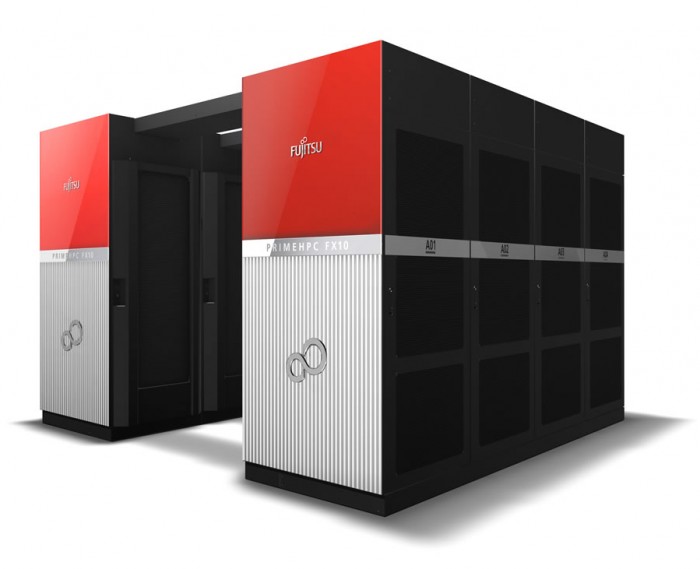ARM Wrestles Its Way Into Supercomputing
The designer of the chips that run most of the world’s mobile devices has announced its first dedicated processor for use in supercomputers.
The British company ARM Holdings, which was recently acquired by the Japanese telecom and Internet company SoftBank, has announced a new kind of chip architecture dedicated to high-performance computing. The new designs use what’s known as vector processing to work with large quantities of data simultaneously, making them well suited to applications such as financial and scientific computing.
This isn’t ARM’s first association with supercomputers. Earlier this year, Fujitsu announced that it plans to build a successor to the Project K supercomputer, which is housed at the Riken Advanced Institute for Computational Science, using ARM chips. In fact, it was announced today that the new Post-K machine will be the first to license the newly announced ARM architecture.

ARM has built a reputation for building processors known for their energy efficiency. That’s why they’ve proven so popular for mobile devices—they extend battery life in smartphones and tablets. Among the companies that license ARM’s designs are Apple, Qualcomm, and Nvidia. But the company’s energy-efficient chips also create less heat and use less power, which are both desirable attributes in large-scale processing applications such as supercomputers.
Intel will be worried by the purchase. The once-dominant chipmaker missed the boat on chips for mobile devices, allowing ARM to dominate the sector. But until recently it’s always been a leading player in the supercomputer arena. Now the world’s fastest supercomputer is built using Chinese-made chips, and clearly ARM plans to give it a run for its money, too.
It remains to be seen how successful ARM-powered supercomputers will be, though. The first big test will come when Fujitsu’s Post-K machine is turned on, which is expected in 2020. Intel will be watching carefully the whole way.
(Read more: AnandTech, “Supercomputer Powered by Mobile Chips Suggests New Threat to Intel,” “$32 Billion Buyout of ARM Is a Giant Bet on the Internet of Things,” “Intel Outside”)
Keep Reading
Most Popular
Large language models can do jaw-dropping things. But nobody knows exactly why.
And that's a problem. Figuring it out is one of the biggest scientific puzzles of our time and a crucial step towards controlling more powerful future models.
The problem with plug-in hybrids? Their drivers.
Plug-in hybrids are often sold as a transition to EVs, but new data from Europe shows we’re still underestimating the emissions they produce.
Google DeepMind’s new generative model makes Super Mario–like games from scratch
Genie learns how to control games by watching hours and hours of video. It could help train next-gen robots too.
How scientists traced a mysterious covid case back to six toilets
When wastewater surveillance turns into a hunt for a single infected individual, the ethics get tricky.
Stay connected
Get the latest updates from
MIT Technology Review
Discover special offers, top stories, upcoming events, and more.